
Certified - CompTIA CYSA+ Audio Course
The CYSA Audio Course is your comprehensive audio training series for the CompTIA Cybersecurity Analyst (CYSA+) certification. Built for learners who are on the move, this podcast breaks down each domain of the CYSA+ exam in structured, digestible episodes. Whether you're studying during your commute or brushing up at the gym, this PrepCast is designed to reinforce critical skills and exam knowledge with clarity and focus.
- Update frequency
- every day
- Average duration
- 14 minutes
- Episodes
- 130
- Years Active
- 2025

Episode 50: Threat Hunting Focus Areas and Active Defense
Hunting threats means knowing where to look—and what to expect. In this episode, we identify the key focus areas for threat hunting operations, including misconfigured systems, isolated or high-value…

Episode 49: Indicators of Compromise and Threat Hunting
Threat hunting begins where automation ends. In this episode, we break down the lifecycle of Indicators of Compromise (IoCs)—how they are discovered, validated, and applied across tools and teams. Fr…
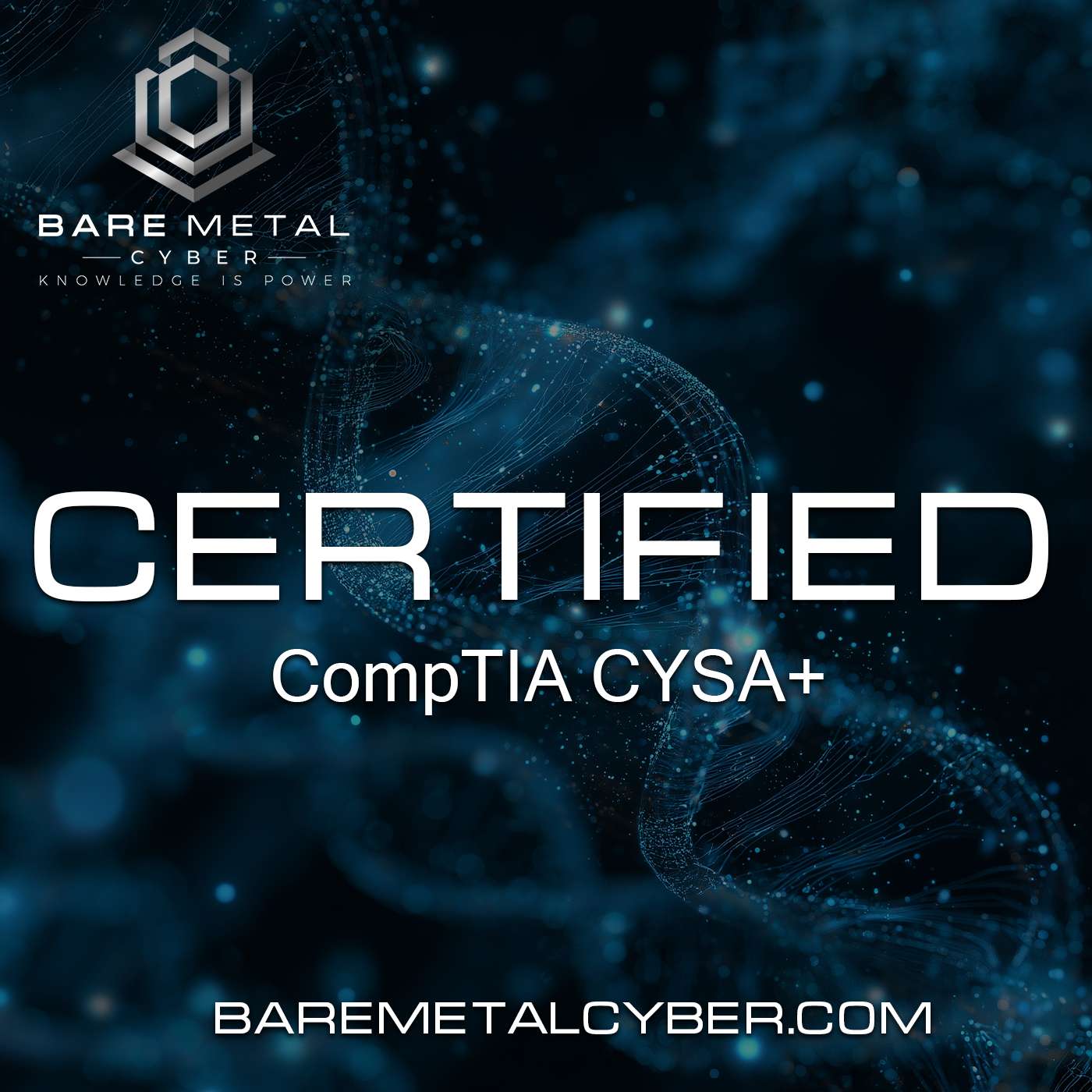
Episode 48: How Threat Intelligence Powers Security Functions
Threat intelligence is more than just information—it’s fuel for proactive defense. In this episode, we show how threat intel informs and enhances nearly every security function: from incident respons…

Episode 47: Closed Source Threat Intel and Information Sharing
Some of the most actionable threat intelligence is found behind closed doors. In this episode, we examine closed source threat intel—feeds and services provided by vendors, threat intelligence platfo…
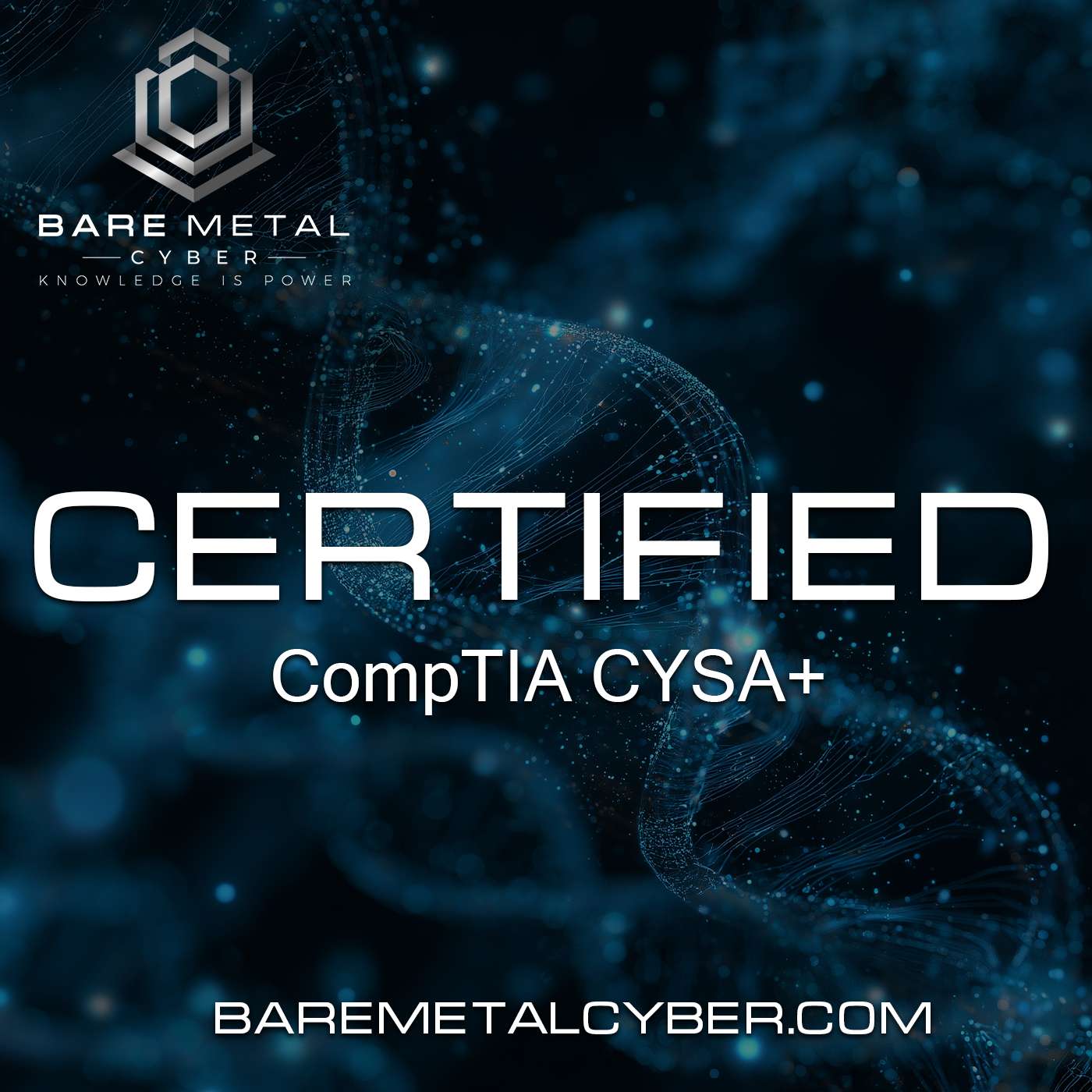
Episode 46: Open Source Threat Intelligence Collection
Not all threat intelligence comes with a price tag. In this episode, we explore the value and limitations of open source intelligence (OSINT) in cybersecurity operations. You’ll learn how analysts us…
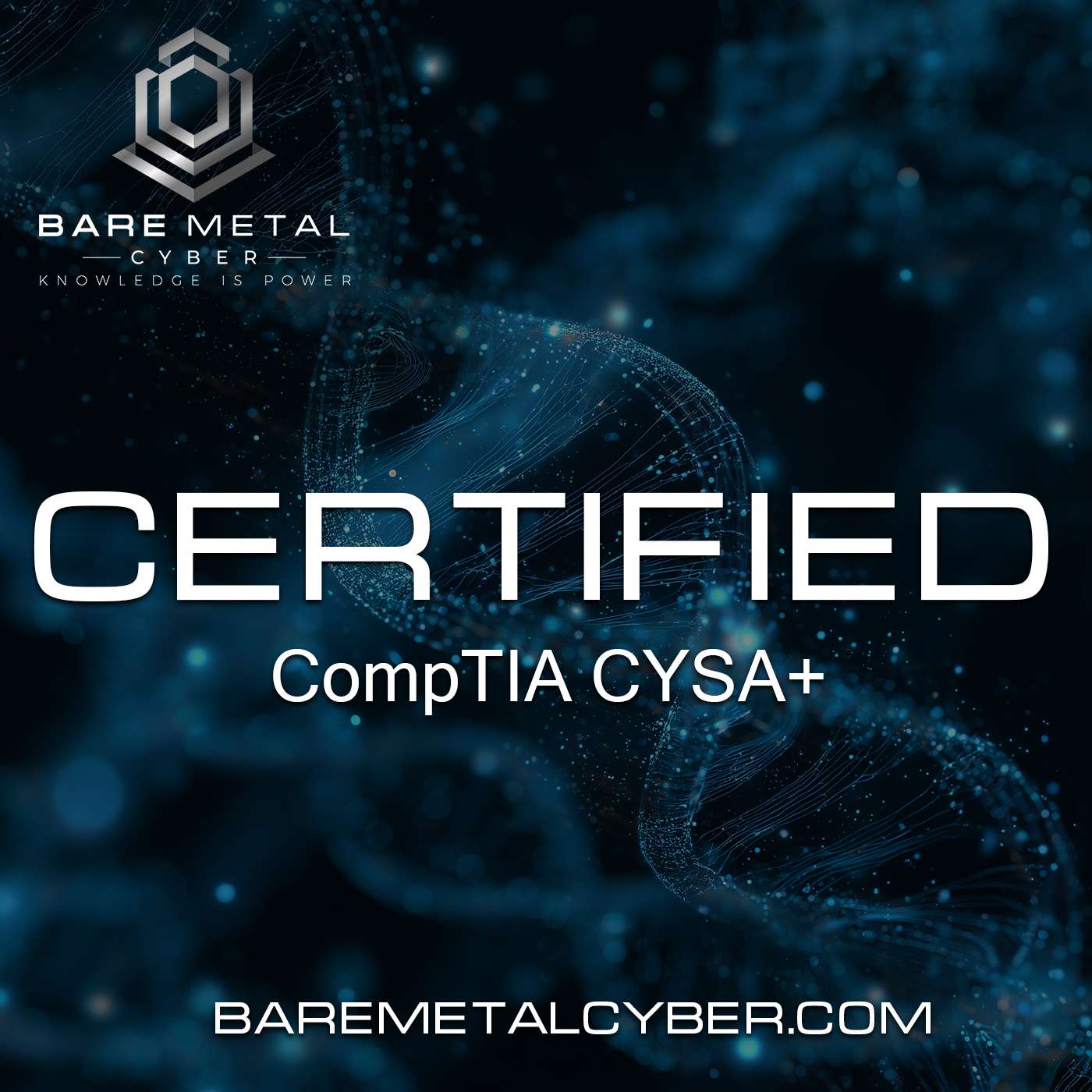
Episode 45: Threat Intelligence Confidence Levels and TTPs
All threat intelligence is not created equal. In this episode, we explore how analysts evaluate the reliability of threat intelligence based on confidence levels—specifically timeliness, relevancy, a…

Episode 44: Insider Threats and Supply Chain Risks
Some of the most damaging threats come from within—or through trusted partners. In this episode, we explore the two primary forms of insider threats: intentional actors who sabotage or steal for pers…
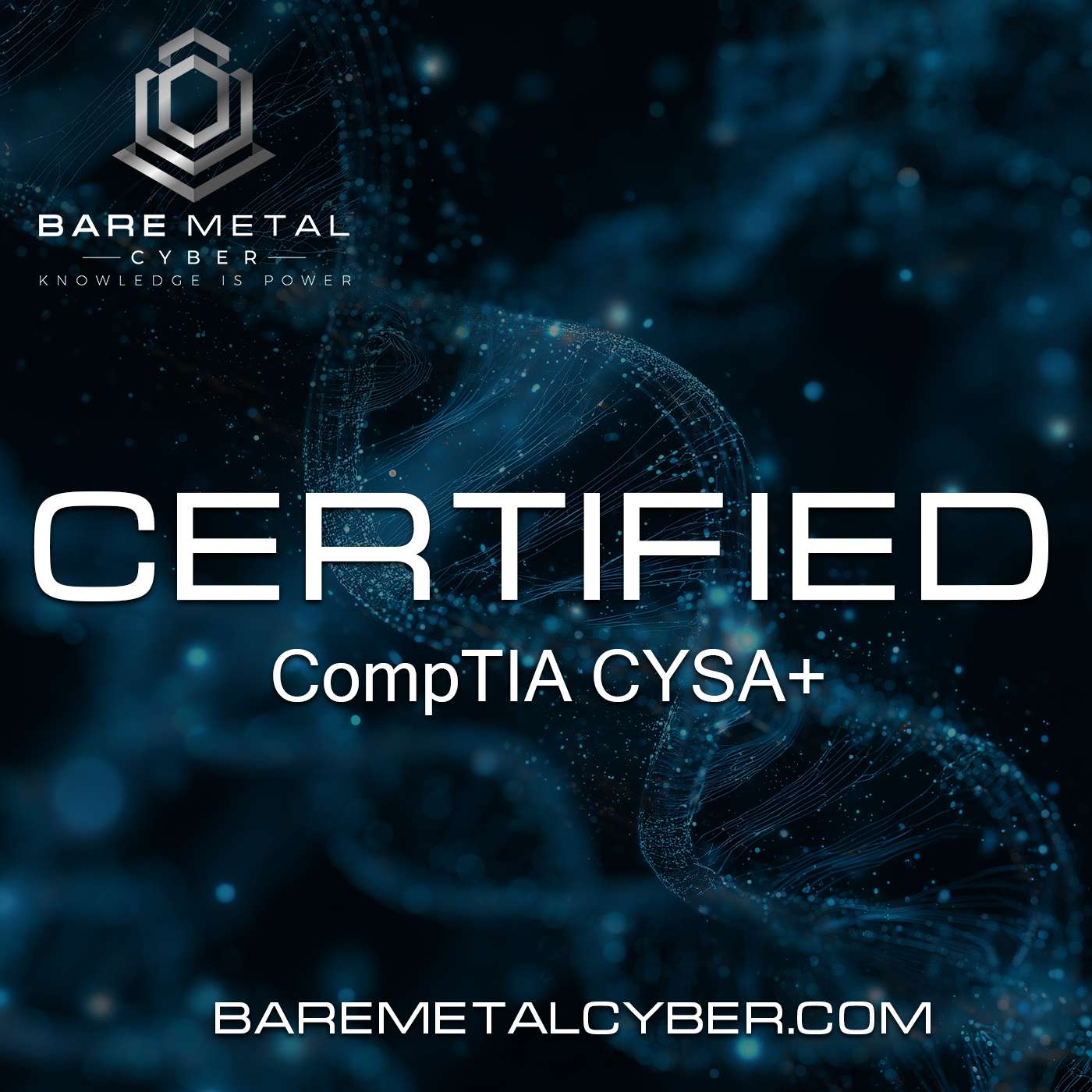
Episode 43: Threat Actor Categories and Profiles
Understanding the adversary is the first step to anticipating their next move. In this episode, we profile the major categories of threat actors you need to know for the CySA+ exam: advanced persiste…

Episode 42: Security Scripting and Automation Basics
Not all threats require a human response—and not all analysis can scale without scripting. In this episode, we dive into the scripting and automation fundamentals analysts need to understand for CySA…

Episode 41: Detecting Abnormal User Behavior
Attackers often succeed not because they're invisible, but because they mimic normal user behavior—until they don’t. In this episode, we explore how user and entity behavior analytics (UEBA) help sec…
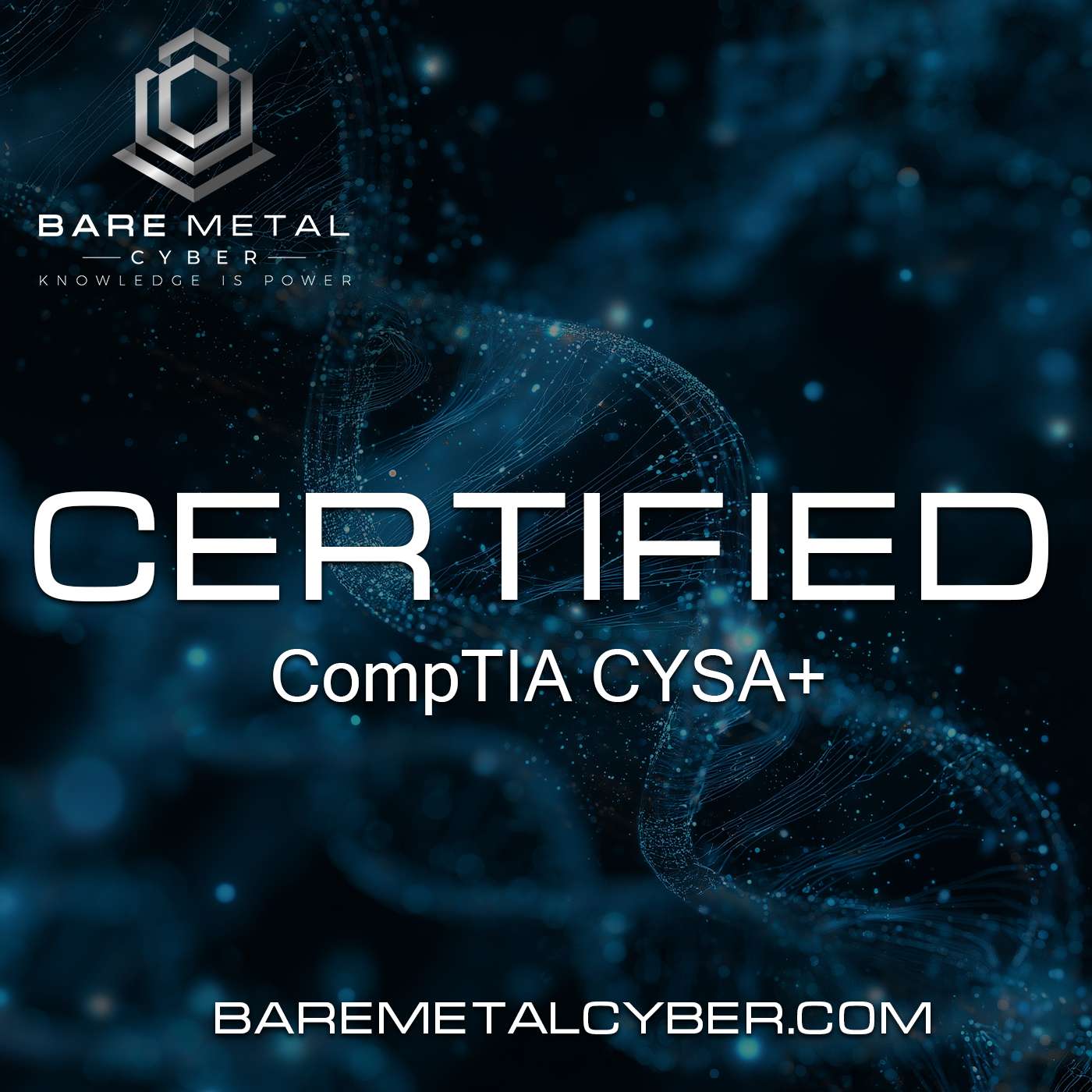
Episode 40: Hashing and File Integrity Techniques
When a file changes unexpectedly, something important may have happened—and hashing is one of the best tools we have to track it. In this episode, we explain how file hashing works, which algorithms …
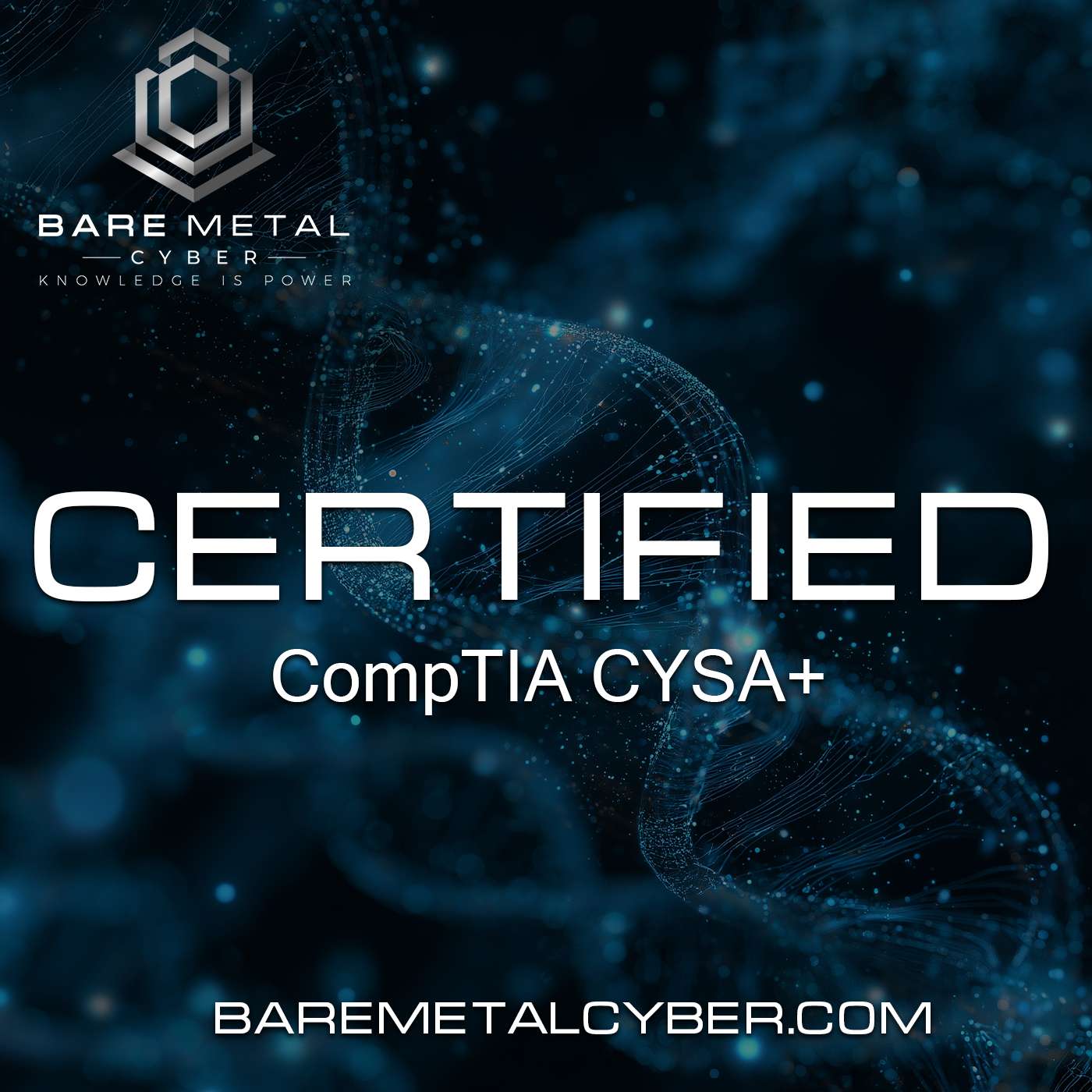
Episode 39: Email Analysis for Phishing and Spoofing
Phishing remains one of the most common and effective attack vectors—and analysts are often the last line of defense. In this episode, we walk through how to analyze suspicious emails, focusing on he…
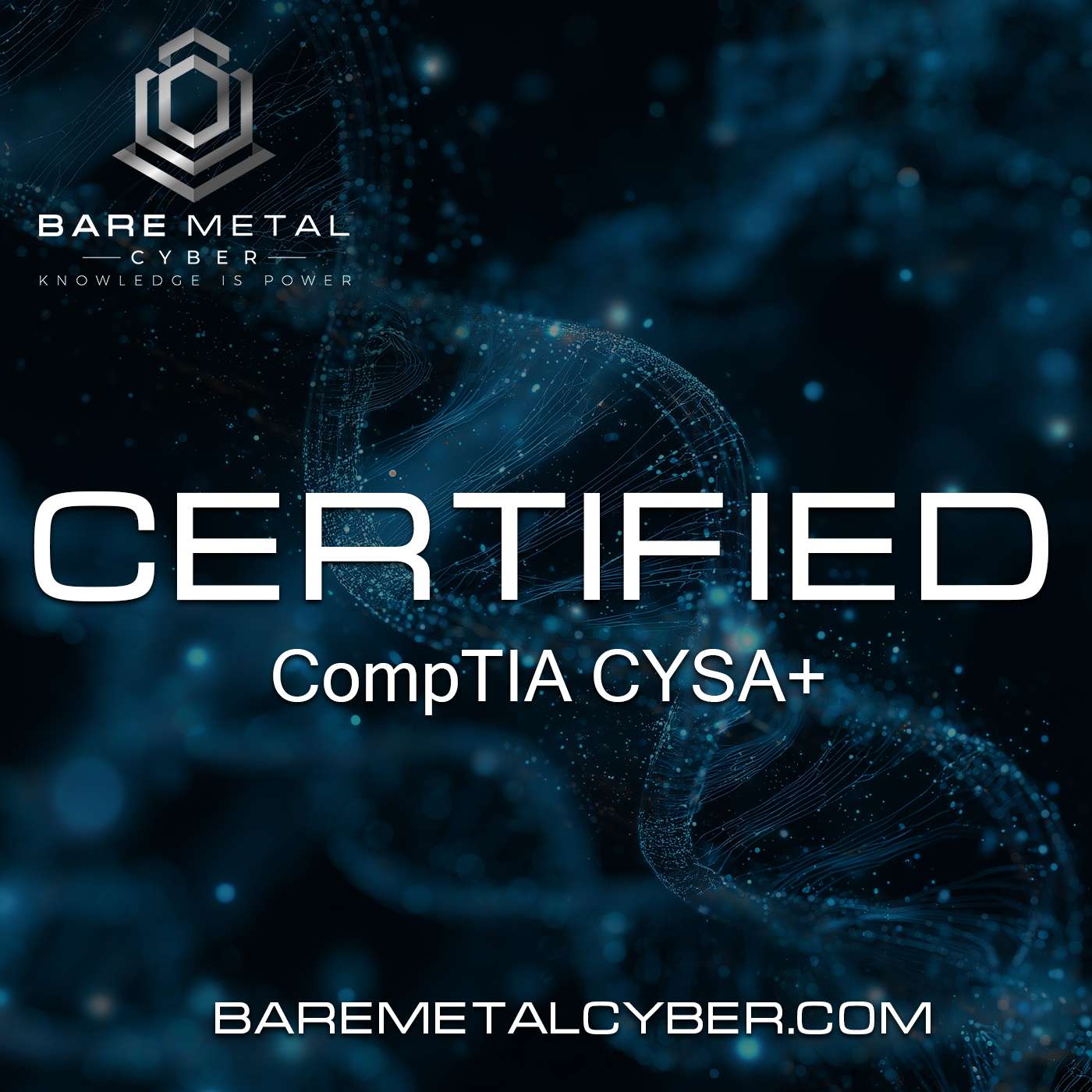
Episode 38: Suspicious Command Interpretation
Sometimes a single command is all it takes to compromise a system—but recognizing the danger isn’t always easy. This episode focuses on how to interpret suspicious command-line activity and identify …
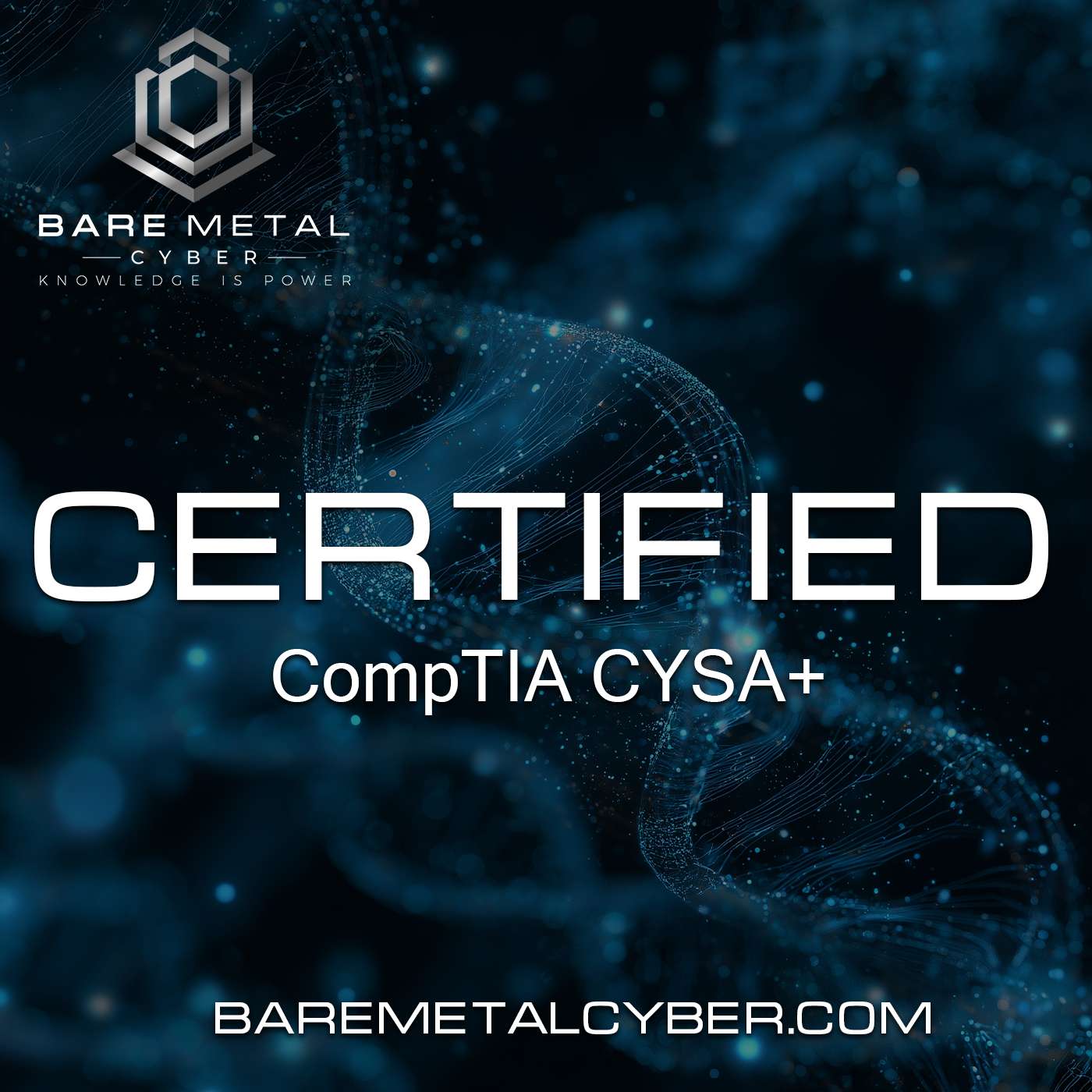
Episode 37: Pattern Recognition and Command Analysis
Threat actors often reuse specific commands, tactics, and patterns of behavior—and analysts learn to recognize those patterns quickly. In this episode, we take a closer look at how command recognitio…
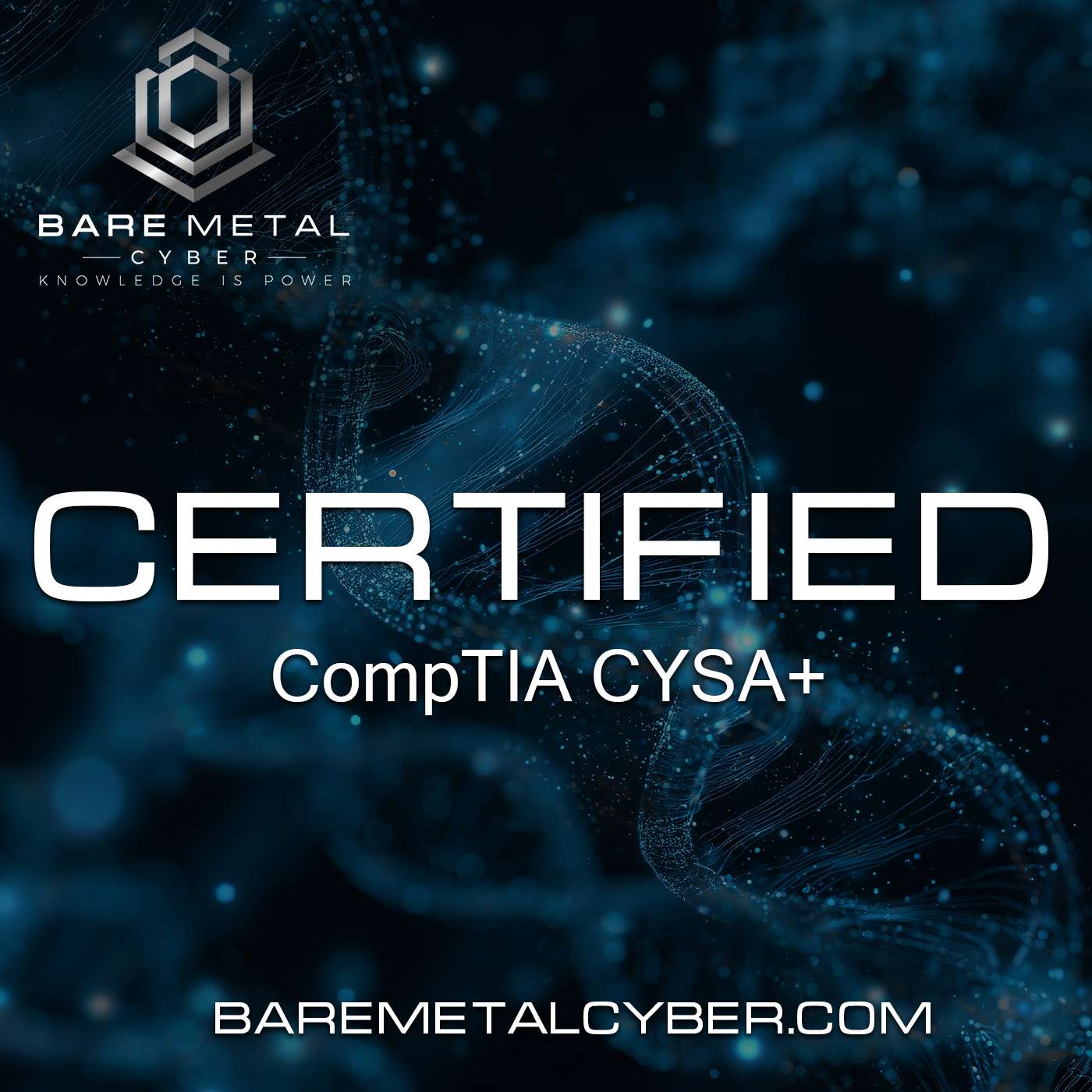
Episode 36: Common Detection Techniques in the SOC
Detecting threats isn’t just about having the right tools—it’s about applying the right techniques. In this episode, we cover the core detection methods used in security operations centers (SOCs), fo…

Episode 35: Dynamic Malware Analysis Platforms (Sandboxing)
When static analysis doesn’t provide clear answers, analysts turn to sandboxing—isolated environments where suspicious files can be safely executed and observed. In this episode, we explore how dynam…
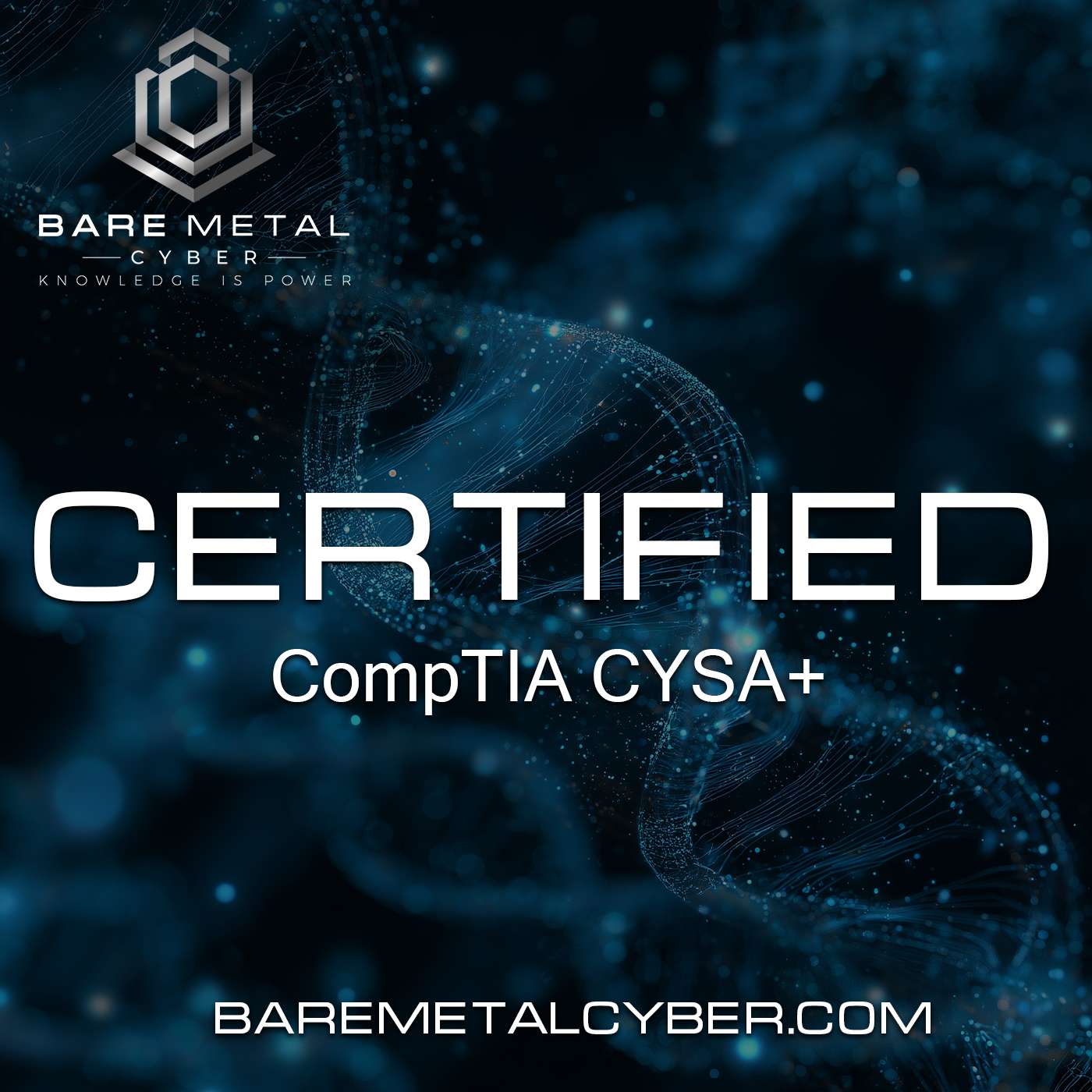
Episode 34: Static File Inspection Tools
Some threats are obvious in logs—others hide in files. In this episode, we introduce static file analysis tools and techniques that allow analysts to inspect suspicious files without executing them. …

Episode 33: DNS and IP Intelligence Sources
DNS and IP addresses may seem simple at first glance, but they’re powerful resources for cyber defense—if you know how to use them. In this episode, we explore how analysts use DNS and IP intelligenc…

Episode 32: Endpoint Detection and Response Systems (EDR)
When malware strikes or an insider behaves maliciously, the endpoint is where the evidence lives. In this episode, we dig into Endpoint Detection and Response (EDR) platforms—what they are, how they …

Episode 31: Log Correlation and Orchestration Platforms (SIEM/SOAR)
Security Information and Event Management (SIEM) systems are the heart of modern detection and alerting. In this episode, we explore how SIEMs collect, correlate, and normalize data from across your …